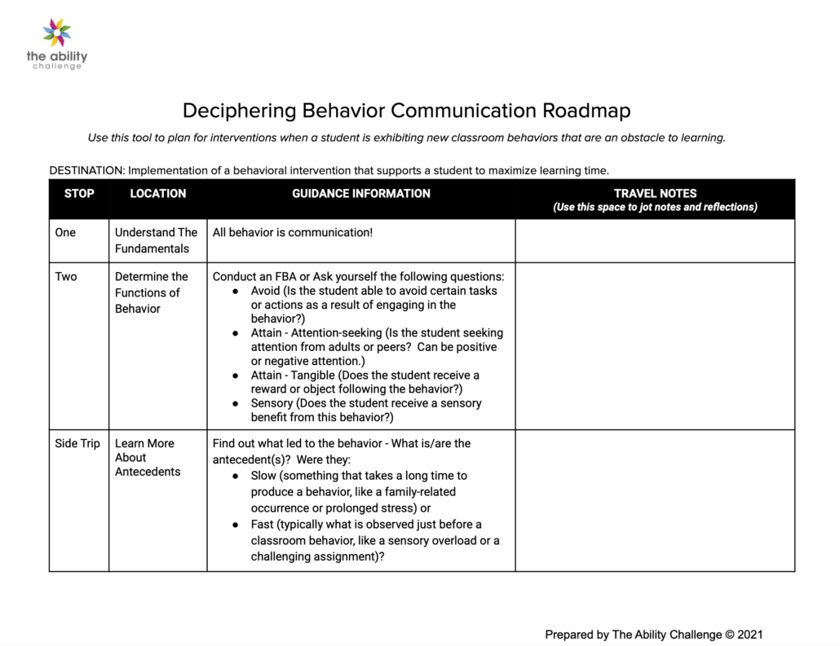Classroom Behavior Woes? Try a Communication Roadmap
Tools • 9 min read • Sep 27, 2021 11:22:01 AM • Written by: Sarah Sandelius

How many times have we heard teachers describing classroom behavior: “It’s so hard to manage the behavior of my students with disabilities”? Ok, trick question. After decades of working on disability, due process, and classroom strategies, the answer is…a lot. Right now, student behavior is all over the place. Here are a few frequent scenarios:
- One or two children who are disrupting learning, taking time away from other children getting the help they need.
- During transition or unstructured times, the whole class gets rowdy, but a handful of students take a longer time to quiet down.
- One student seems withdrawn, quiet, and has yet to make any peer connections. She refuses to complete any work.
Does any of these sound like your classroom? How about the one across the hall?
Instead of framing this as an issue of a student’s challenging behavior, try digging into what’s behind the actions. Determining the “why” and using it as an opportunity to plan more intentionally for student support will lead to more productive results for everyone.
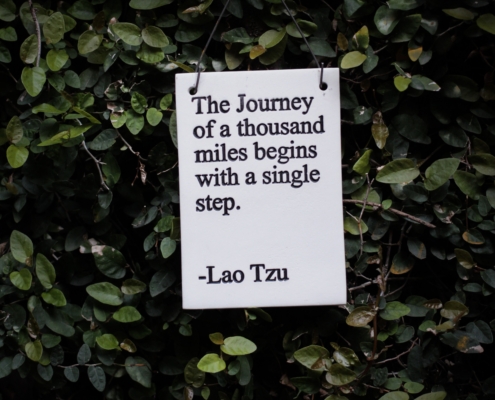
Stop One: Understand The Behavior Fundamentals
Many students with disabilities have behavioral needs. Yes, students with behavioral classifications, like Emotional Disturbance, or diagnoses we know, like ADHD, certainly fall into this group. But children with learning disabilities, like dyslexia or dyscalculia, and other disabilities often have behavioral needs as well – many times related to their academic challenges. Classroom behaviors manifest differently. Some students tear up the classroom, while others are quietly sitting under the desk or refusing to work.
The Bottom line: All behavior is communication.
Stop Two: Determine the Functions of Classroom Behavior
Now that you know behavior is communication, how do you make sense of it? What is the child sitting in front of you actually “saying”?
Functions refer to what the behavior seeks to accomplish. The functions construct is helpful for deciphering “behavior messages.” Here are the categories:
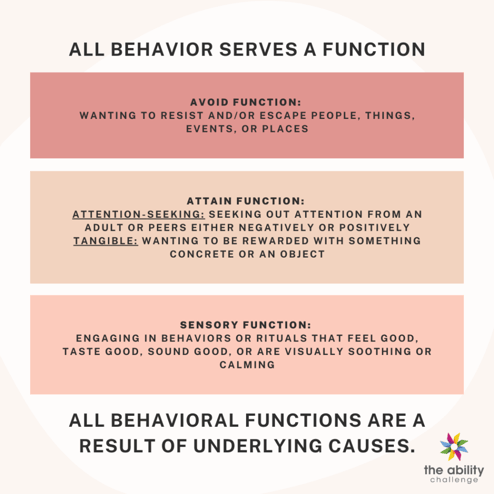
To determine the function of a behavior, an educator or clinician may engage in a Functional Behavioral Assessment (FBA) examining the ABC’s:
- Antecedent
- Behavior
- Consequence
The FBA assembles a variety of data (observations, student interviews, anecdotals) to examine classroom behavior over a period of time and in different settings. The goal: Find patterns and trends to reveal what function the behavior serves for the student.
Behavior observations and understanding functions can be a formal process, like with an FBA, or an informal process, which happens every day in classrooms across the country.
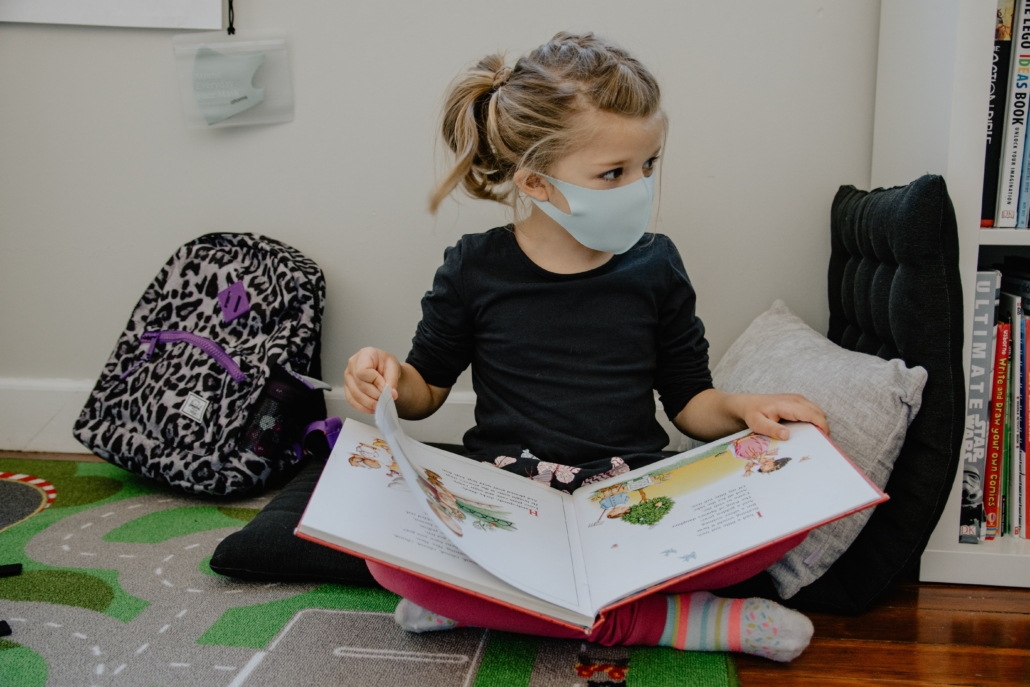
Side Trip: Learn More about Antecedents
You might be familiar with Behavior and Consequence, but “Antecedent” may be a new concept. It refers to the events that occur before an incident or behavior (also known as a trigger). Antecedents can be:
| SLOW TRIGGER | FAST TRIGGER |
|---|---|
| Takes a long time to produce a behavior Such as a family-related incident or prolonged stress |
Typically observed just before a classroom behavior Such as sensory overload or a challenging assignment |
Note – there is always an antecedent when we’re speaking about behavior and disability. You as the educator may not know it (which likely means you need to examine what might be causing a student’s slow triggers more deeply), but it’s there. If you can’t figure it out, connect with a peer who also works with the student to share insight.

Stop Three: Plan a Behavior Intervention
Once a function (or functions) is determined, the next step is to determine what intervention will support the child – either by giving the child a replacement behavior, helping the child understand when they are engaging in certain behaviors, or giving them skills to overcome/address the trigger before the behavior occurs.
There are many places to find information about evidence-based interventions. Here are some starting places:
- Check to see if your school has a Response to Intervention (RTI) or Multi-Tiered Systems of Support (MTSS) framework that helps direct this process
-
Use an intervention bank such as the Pre-Referral Intervention Manual (PRIM) or Intervention Central.
- Ask a peer or connect with your school psychologist
- Look for articles and compilations – Here’s one from Edutopia we like.
Determine if you want a formal plan or an informal next step.
-
For a formal planning process, the FBA may be followed by a Behavioral Intervention Plan (BIP), which is the document that outlines which interventions will be used, for how long, and by whom.
-
If using informal processes, it's important to think through and plan for implementation after selecting an intervention to try.
Once You Reach the Destination: Reflect
While we’re on the topic, we have a few more thoughts about effective behavior support for children with disabilities. Plans for intervention should always:
Be grounded in positive behavioral strategies and strengths-based language. Try writing as if your grandmother is reading the plan.
Make direct connections with existing classroom processes and strategies. This makes the intervention easier to implement and more streamlined to classroom norms.
Embrace clarity. Often intervention plans are confusing and hard to implement. Ensure that all adults on the same page about how to put plans into action.
Be ready for adjustment. If you try an intervention with fidelity over a period of time and you see no change with the child, change the intervention. The same strategy isn’t going to work with every child and you may not get it right on the first try. Keep trying. Your students will thank you.
Ready to Make an Impact For Your Most Diverse Learners?
Sarah Sandelius
Our Latest
Related Articles
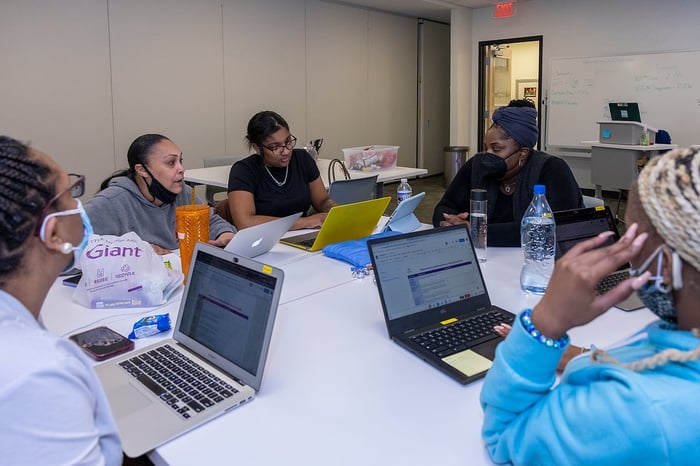
May 31, 2024 | Our Work
Maximizing Student Success: The Pivotal Role of Collaborative Planning in Inclusive Education
Collaborative planning is the key to fostering inclusive education in schools. This blog post explor...
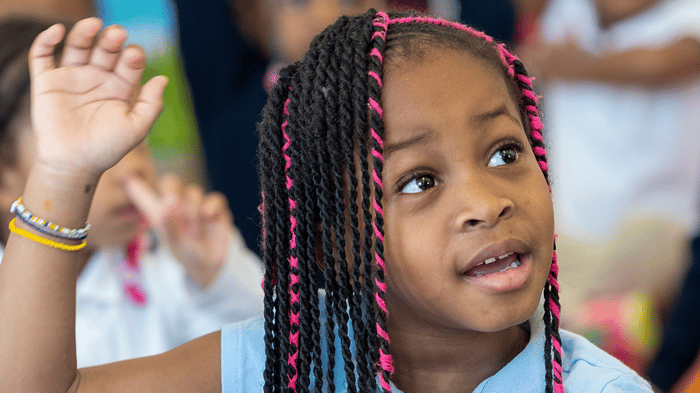
May 13, 2024 | Administrators
Intervention: Have We Gone Too Far?
Is your school overreliant on intervention? Learn how to support diverse learners, including student...

March 25, 2021 | Culture of Inclusion
Why Targeted Collaboration Is The Missing Link for Special Education Improvement
Prioritize equitable and inclusive classrooms, even in remote and hybrid settings, with Targeted Col...


